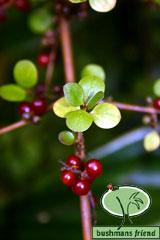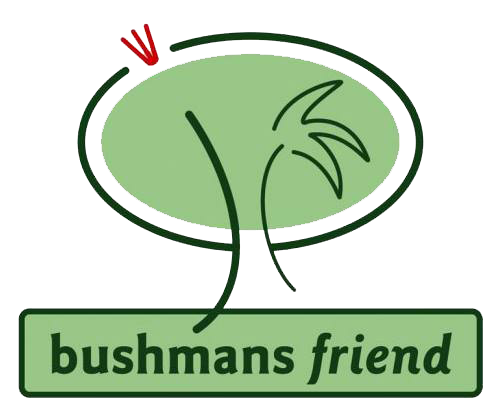Coprosma karamu, taupata
April 21st 2004Coprosma

A genus of about 80 small shrubs and trees that are widespread throughout the country. They show some of the most interesting forms of ornamental shrubs. Dioecious.
Although flowering is usually in the spring months and fruit ripening in Autumn, there is considerable diversity in the range for any species. Out of season flowering may occur. The fruits are a succulent globose drupe usually crowned with a small remnant of the flowers calyx. The berries of any species can vary greatly in size and colour according to its situation and moisture. Most species are quite simple to raise from seed if the seed is removed from the berry and soaked for 24 hours before sowing. It is suspected that some species may have a germination inhibitor within the berry. Two seeds per berry.
6-8 months time lag between sowing and germination for most species.
Another flush of germination may appear a year later.
How do you tell if a small leaved plant is a Coprosma?
Coprosma exhibit the following
- Stipules. A scale like appendage at the base of each leaf node.
- Opposite leaves or branches
- Domatia. Pits present on the undersurface of the leaves, at the junction of the midrib and the main veins.
- The fruit is a drupe or berry of various colours.
- 2 seeds per berry
- Dioecious. male and female flowers on separate plants
If you wish to learn more about native plants I suggest one of these natural history books from fishpond 


